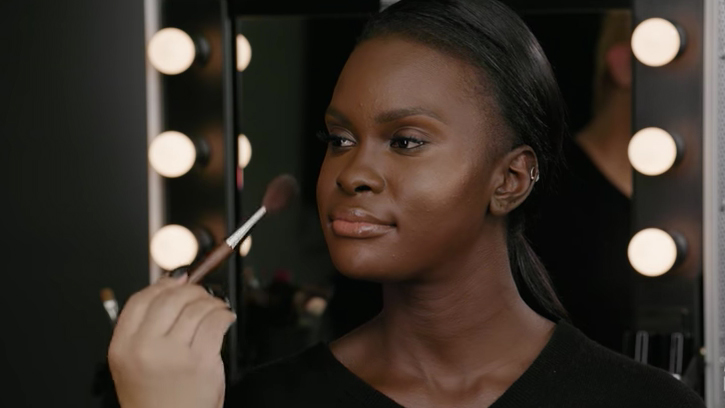Digitally native companies that cut out the middleman and build relationships with customers directly continue to grow in popularity and influence. Today they’re selling everything from mattresses to razors.
They’re not only shaking up the retail world, they’re also changing the game when it comes to online advertising, leveraging new marketing tools to give people the personalized content and experiences they want.
And that requires a certain amount of fearlessness. To learn more about their tactics, we asked three brands to share tips that all marketers can apply to their own online campaigns.
Don’t be afraid of data
Few brands need persuading of video’s storytelling power, and Detroit-based luxury goods company Shinola is no exception. “Video helps us tell our story. We want people to not only see our products and purchase them, but also believe in our brand and its values,” said Tom Lewand, the company’s CEO.
What is slightly more contentious is the role data and technology should play in a field that has always been more about creativity than number crunching. But as Shinola discovered, far from compromising a video’s creative power, data and technology can take it to the next level.
To showcase the craftsmanship of the brand’s American manufacturing, Shinola used video ad sequencing, a tool that allows marketers to create a series of videos served up in the order they choose. The team initially tried to grab attention by starting off with something short — in this case, a six-second bumper ad — followed by a longer, 15-second video that built on the story.
But rather than just trusting their creative instincts, the team turned to the data for guidance. Using YouTube’s video experiments tool, the team was able to test different sequencing formats to see which was most effective. Contrary to their initial hunch, they found that starting with a long video and then following up with a shorter ad better reinforced their message. This data-driven campaign not only helped tell the brand’s story, it also increased store traffic and helped the brand drive two times the revenue from nonbranded search terms.
Don’t be afraid to repurpose assets
In the constant battle for people’s attention, it can be difficult for brands to stand out, especially those operating in crowded industries like fashion. That was the dilemma facing subscription fashion company TechStyle. “Consumers have more choices than ever,” said Daniel Pahl, vice president of media and customer acquisition at TechStyle. “Brands have to fight not just harder, but smarter, to stand out from the competition.”
One way of doing that is by using a range of advertising formats and channels to show up wherever your customers are. That’s exactly what TechStyle did in a recent acquisition play. Given that the vast majority of Americans use social media, that’s where the campaign started. But instead of leaving it there, the team then took the best-performing images from social media and repurposed them to create a Discovery campaign, which uses machine learning to find the most engaged audiences across the YouTube Home Feed, Discover, and Gmail. Discovery campaigns also allow brands to include a clear call to action.
Without building any new creative, TechStyle managed to reach people in different places. It also lowered its cost per sign-up by about 25% compared to its ads on similar channels, including social media.
Don’t be afraid of templates
For marketers, it’s always tempting to create bespoke campaigns for each individual product and service. This costly and time-consuming approach is a luxury, but not a necessity. So how do you have the same impact with a more realistic budget?
For the marketing team at Imperfect Produce, a grocery delivery startup, the answer was as innovative as it was simple: They took a templated approach to their creative. They used product images and text from other marketing campaigns, their website, and social media pages to build compelling and creative video ads.
With this framework in place, they could quickly adjust ad copy and swap images according to their latest produce and grocery offerings. Using TrueView for action, their call to action drove website and subscription conversions. In just two months, Imperfect Produce increased consideration among over 25,000 customers and reduced its target cost per acquisition by almost 10%. Imperfect Produce’s Head of Growth Jeremy Gurewitz said, “This new approach to video creation has given us a huge edge.”







